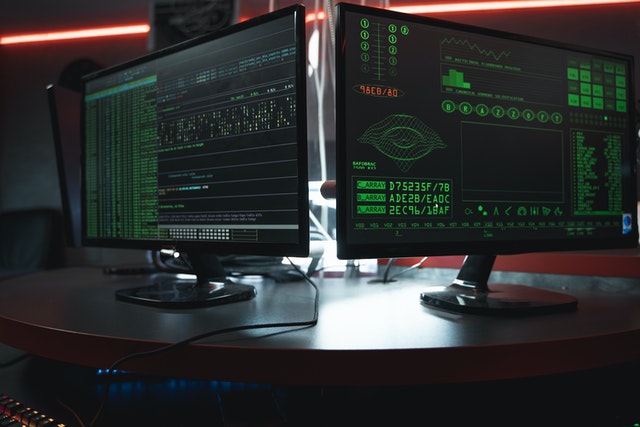Even the most prominent global brands have lost credibility, trust and vast amounts of money, falling victim to attacks by cybercriminals who find vulnerabilities in systems and take advantage of the carelessness and naiveté of employees using company software. Unfortunately, data leaks in organizations have become a widespread phenomenon in recent years, which should be countered appropriately. Is Blockchain technology helpful in enhancing cybersecurity? You will read about it in the further part of the article.
Even the most prominent global brands have lost credibility, trust and vast amounts of money, falling victim to attacks by cybercriminals who find vulnerabilities in systems and take advantage of the carelessness and naiveté of employees using company software. Unfortunately, data leaks in organizations have become a widespread phenomenon in recent years, which should be countered appropriately. Is Blockchain technology helpful in enhancing cybersecurity? You will read about it in the further part of the article.
Blockchain technology – what is worth knowing about it?
Blockchain is a shared, distributed, fault-tolerant database that holds records in blocks. The blocks are connected to each other in the form of a chain, each with the identifier of its predecessor. Each block contains several to several thousand verified transactions, a timestamp indicating when it was created, and a random number for cryptographic operations performed to validate the block.
Equally important, the Blockchain network consists of so-called nodes that maintain the blockchain in a distributed fashion (peer-to-peer network). All nodes have access to the blocks but cannot control them completely. One of the essential advantages of this technology is precisely immutability and transparency – blocks are available to all users of the chain. Still, it is not possible to remove or modify them.
Blockchain allows parties to interact without the presence of a trusted third party (intermediary). Each interaction is recorded in a database, providing the desired security requirements. When a blockchain user interacts with another user, he sends his “transaction” to the blockchain network. Nodes in the network verify that the interactions are valid and construct a new block of valid transactions in what is known as a digging process (block validation). If the new block is deemed proper, it is appended to the blockchain database and cannot be deleted or changed later. Both transactions and blocks are signed, so they cannot be undone or deleted in the future.
Different types of blockchain in cybersecurity
Blockchain technology makes it possible to determine who can be a participant in a given network and who can access the data. The standard division is made into public and private. The very names reflect the nature of permissions and how participants access the network.
Public Blockchain networks usually allow anyone to join, but with respect for anonymity. Public Blockchain uses computers connected to the Internet to validate transactions and reach consensus. An example of this is Bitcoin.
On the other hand, private Blockchains use identities to validate membership and access privileges and usually allow only known organizations to join. In this case, only network members with access and permissions can keep a ledger of transactions, which increases security.

Blockchain use cases in cybersecurity
There is no doubt that Blockchain technology is characterized by trust, transparency and security. However, access to Blockchain data is subject to many restrictions, and the fact that it is unalterable is crucial. For this reason, technology has gained importance with the rise of cybercrime.
The report “Blockchain & Cyber Security. Let’s Discuss“, compiled by Deloitte, states that “Blockchains could potentially help improve cyber defence as the platform can secure, prevent fraudulent activities through consensus mechanisms, and detect data tampering based on its underlying characteristics of immutability, transparency, auditability, data encryption & operational resilience (including no single point of failure).”
However, it is crucial to know that our cyber security largely depends on awareness. Unfortunately, no technology gives 100% protection against hacker attacks. With the help of Blockchain and other new technologies, however, it is possible to raise the level of cyber-security enough so that when performing various types of activities on the network, one can remain anonymous and adequately secure access to transmitted and shared data.
Similar articles:
